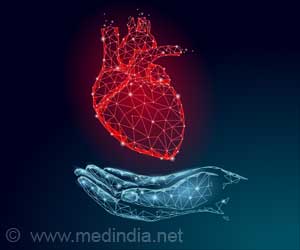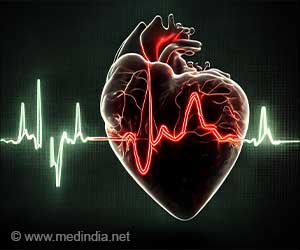Researchers from the Massachusetts Institute of Technology (MIT) have developed a new technique that may one day help in mending damaged heart tissues.
Researchers from the Massachusetts Institute of Technology (MIT) have developed a new technique that may one day help in mending damaged heart tissues.
The team has developed a novel scaffold, on which it claims to place living heart cells or stem cells that would later develop into a patch of cardiac tissue that could be used to treat congenital heart defects, or aid the recovery of tissue damaged by a heart attack.The biodegradable scaffold would be gradually absorbed into the body, leaving behind new tissue.
The researchers claim that the accordion-like honeycomb scaffold has various advantages over previous cardiac tissue engineering scaffolds.
Further, the MIT team's general approach has applications to other types of engineered tissues.
"In the long term we'd like to have a whole library of scaffolds for different tissues in need of repair," Nature magazine quoted Lisa E. Freed, corresponding author of the paper and a principal research scientist in the Harvard-MIT Division of Health Sciences and Technology (HST), as saying.
Heart muscle is "directionally dependent" i.e. its cells are aligned in specific directions.
Advertisement
The scaffold has three principal advantages over its predecessors. First, its mechanical properties closely match those of native heart tissue. For example, it is stiffer when stretched circumferentially as compared to longitudinally.
Advertisement
And finally, "the scaffold itself has an intrinsic ability to guide the orientation of cultured heart cells," Freed said.
The research appears in Nature Materials.
Source-ANI
LIN












